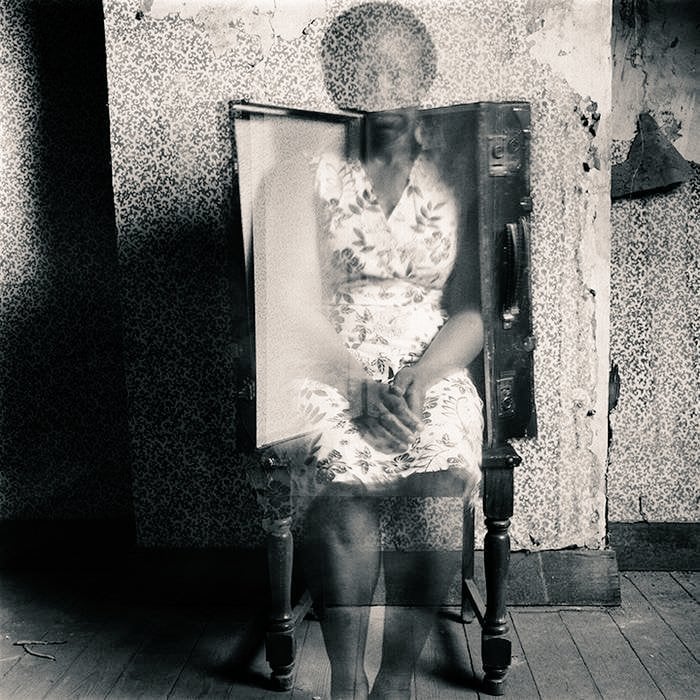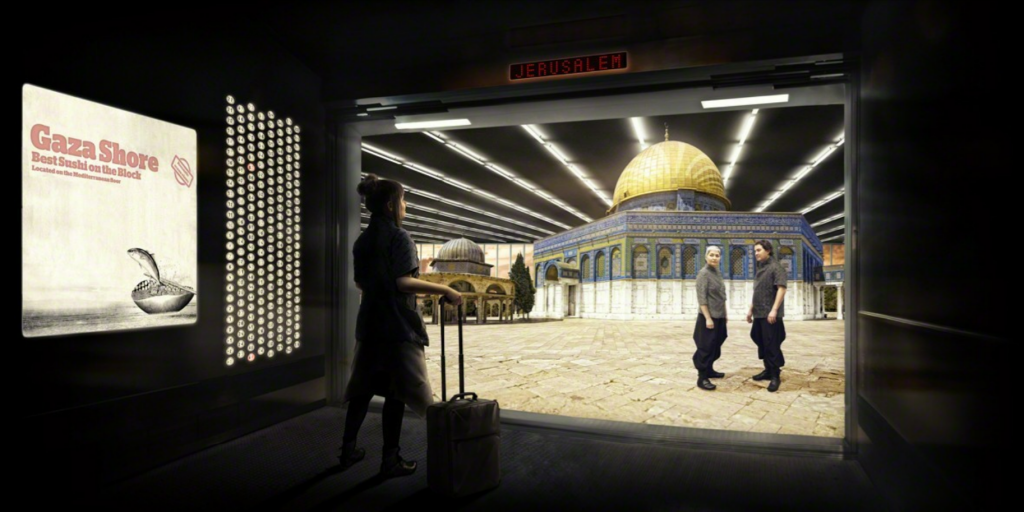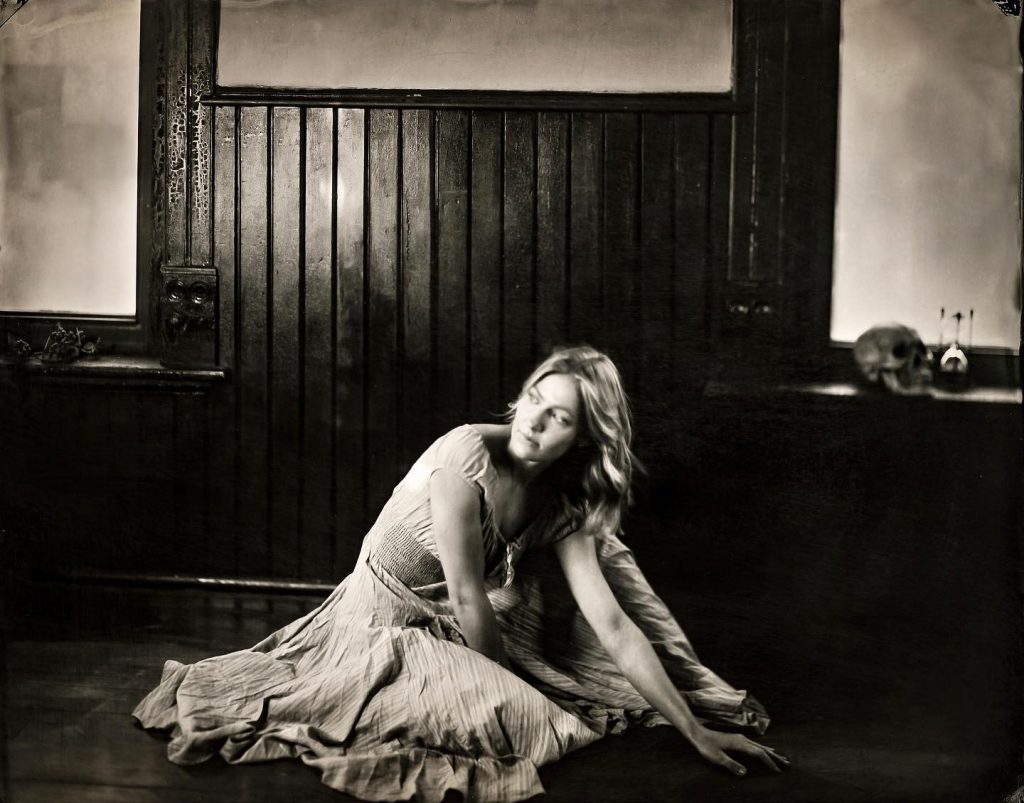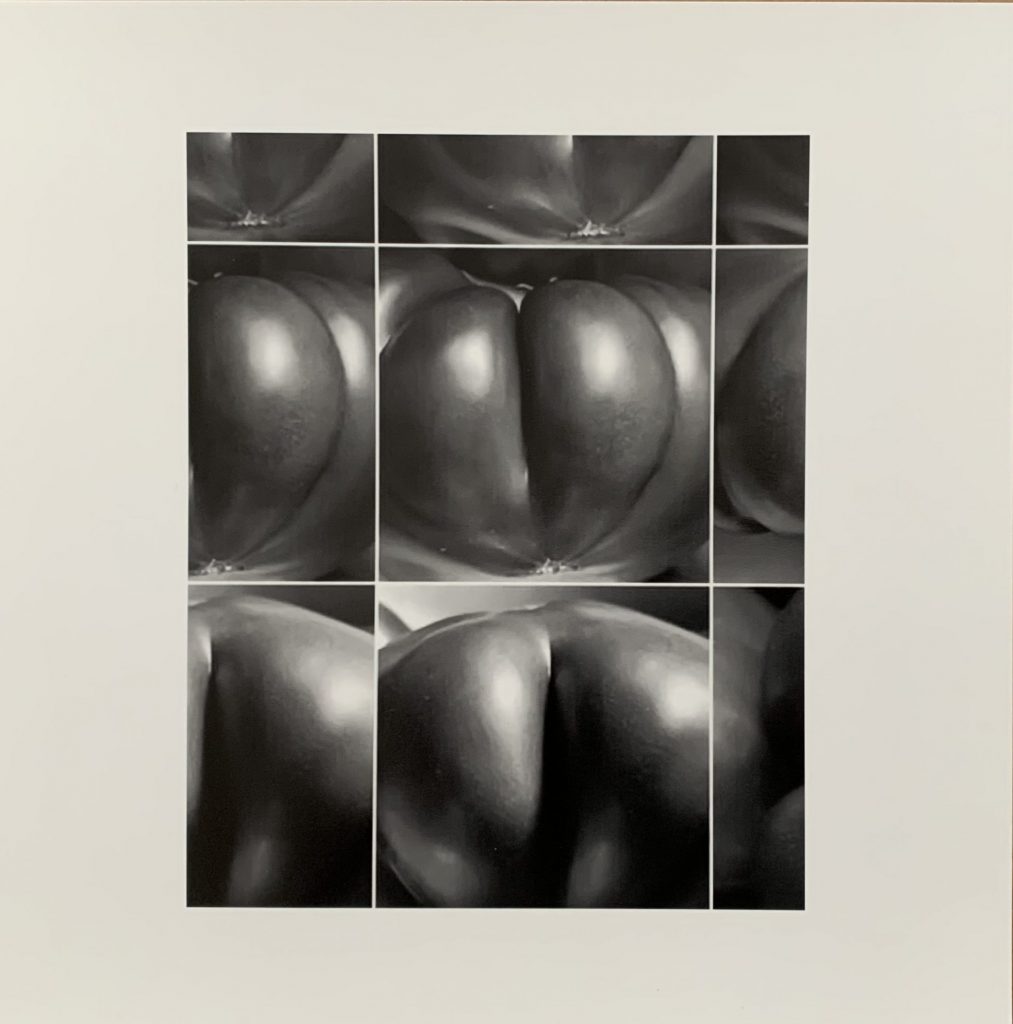In: women

Laura Jones – A Life in Photography – Femme Folks Fest Special
March 16, 2022Laura Jones A Life in Photography ~ Laura Jones The COVERT Collective is pleased to be participating in Femme Folks Fest 2022.... Read More

Ana Žanić – One Breath – Femme Folks Fest Repost
March 15, 2022The first time you see Ana Žanić’s watercolor and pencil artwork is like taking a sharp blow to the limbic system. Every one of your senses screams “I know this” but cannot figure out what “this” is or why it knows it. They take on the form of something both organic and subliminal, communicating to us of the past (back to pre-history) and our deeply troubled emotional state we find ourselves in through the pandemic.
Her colour palettes are very natural and gently reassuring… mother earth will take us back into her bosom and help us heal. The meticulous marks speak of long journeys past, and reach out to our future selves to remind us that we have struggled before and have overcome those obstacles… we can do it again.
I reached out to Ana and asked her a few questions.
Read More
Stéphany Gagnon – Cinéma / Cinema – Femme Folks Fest
March 15, 2022Stéphany Gagnon | Cinema
I am of an age where I remember receiving a copy of the Canadian Children’s Annual every year for christmas from my parents. I recently purchased a used copy of the 1976 version, the original lost long ago during a past relocation between cities. These books contained what were among the first artworks that I ever inteacted with… in 1975 with a cover by William Kurelek, in 1976 by Lynn Frank (Lynn Johnston of For Better or For Worse fame), in 1977 by Toller Cranston and in 1978 by Ken Danby. These were not lightweight artists. Each were on their way to becoming, or already were, prominent Canadian artists.
Leafing through, I was pleasantly surprised at the memories that were brought back by the illustrations in the book… I remembered every one of those images very clearly. Not only the images, but memories of the rooms, emotions and peoples that are forever tied to those images sprang my mind. It was an like instant recall machine.
The illustraions and paintings of Montreal’s Stéphany Gagnon seem to me to have a similar magic to them. Gagnon’s work is deeply personal, with great attention to detail. It can be ethereally dreamy, but also lucid dreamy, as shown by Cinéma (above) and Lemonade Stand (below). Both seem to tug at places in your brain, looking for memories to associate with them. They are in some sense, lost art, looking for a home.
You can view (and purchase) more of Stéphany’s work on her Instgram page @stephanylitchi.
~ Mark Walton
Read More
Gabrielle de Montmollin | Weird Baby World – Femme Folks Fest Repost
March 14, 2022Gabrielle de Montmollin’s installation Weird Baby World is both engaging and eerie, employing iconography that is evocative and somewhat unsettling. Bart Gazzola offers a response to this street level exhibition, on display at Niagara Artists Centre (NAC) in St. Catharines.
Read More
Hélène Amouzou | Between the Wallpaper and the Wall, Belgium / Togo, 2004-2011
March 24, 2022Hélène Amouzou | Between the Wallpaper and the Wall, Belgium / Togo, 2004-2011
Foreigners forget their place (having left it behind). Given time, they begin to think of themselves as our equals. It is an unavoidable hazard. (Salman Rushdie, Christopher Columbus and Queen Isabella of Spain Consummate Their Relationship, Santa Fe, January, 1492, from his book East, West)
Rushdie’s characters are dripping with entitled sarcasm, in that story I cited. They could never imagine themselves as being foreign, or displaced, or not the gatekeepers – or the owners – of a place. Hélène Amouzou’s images from her series Between the Wallpaper and the Wall, Belgium/Togo, 2004-2011 originate from the opposite side of that conversation, and the ghostly, ephemeral nature of her self portraits speaks to a doubt, a dismissal, even, that is too often the immigrant experience.
“They describe us,” the other whispered solemnly. “That’s all. They have the power of description, and we succumb to the pictures they construct.” (Rushdie, again, from the chapter Ellowen Deeowen, of The Satanic Verses, entailing the suffering of immigrants in a manner that is both a casual brutality and magical realism, where words become reality. If you’re familiar with this text, the idea that someone might fade from sight, like dissipating mist if willfully ignored, fits right in….).
Inspired by the work of Francesca Woodman, Hélène Amouzou creates her own distinctive and haunting imagery, which speaks of the contemporary issue of the displacement of people and those in exile. Born in Togo, Amouzou now lives and work in Belgium. The photographs were taken during a two year period when Amouzou was seeking asylum there and waiting for her official residency visa. She captures herself or her belongings (often her clothes) in an empty room with peeling floral wallpaper. In many of the images she includes a suitcase as a recurrent symbol of her state of flux and transit. She works with film rather than digital media, preferring the effects of chance and serendipity and she exploits the use of long exposures, playing with the photographic medium to create ephemeral and ghostly self-portraits. “Self-portraiture is a way of writing without words,” Amouzou says. “My aim is to reveal the deepest parts of myself.”
These photographs reveal a constant questioning and search for the subject’s identity. Notions of freedom and legitimacy are explored in a world of bureaucracy and inequalities. Amouzou captures feelings of exclusion and the stigmatization by the lengthy official process. Those with permanent residency rights can only imagine the insecurity and daily worry of the possibility of being sent back to an unsafe place and the photographs reveal this sense of impermanence. Her ghostly images haunt each frame and hover in the no-man’s land between absence and presence. (from Juxtapoz)
More of Hélène Amouzou’s work can be seen here. ~ Bart Gazzola
Read More
Jerusalem floor, 2012 | Larissa Sansour
March 22, 2022Jerusalem floor, 2012 | Larissa Sansour
Jerusalem floor, 2012 | Larissa Sansour, C-print (23 3/5 × 47 1/5 in / 60 × 120 cm)
On the flight from London I sit opposite a rumble seat where the stewardess places herself during takeoff. The stewardess is an Asian woman with a faraway look. I ask how often she makes this flight. Once or twice a month. Does she enjoy Israel? Not much. She stays in a hotel in Tel Aviv. She goes to the beach. She flies back. What about Jerusalem? She has not been there. What is in Jerusalem?
The illustrated guidebook shows a medieval map of the world. The map is round. The sun has a beard of fire. All the rivers of the world spew from the mouth of the moon. At the center of the world is Jerusalem. (Robert Rodriguez, The God of the Desert, Harper’s Magazine)
One can’t help but be thinking of the displaced, of refugees fleeing strife, with the situation in Eastern Europe right now; and let’s be frank – not all refugees are ‘equal’ with race and geopolitics rearing their ugly heads, as we see in both the history and present of Canada, and the wider world. I’m not often a fan of Ai Weiwei, but his work about Alan Kurdi touched a nerve that many of us may not have known – or my still deny – was exposed.
In light of that unpleasant reality, the works of Larissa Sansour, a Palestinian born artist were on my mind this week, especially her series Nation Estate. Jerusalem is not a neutral place, or an unloaded term. It may be the best example in ‘Western’ nation states – though in the Middle East – of a place that is intensely contested, an apex of Salman Rushdie’s notion of an ‘imaginary homeland.’
Even that tepid taupe of Wikipedia offers this: Given the city’s central position in both Israeli nationalism and Palestinian nationalism, the selectivity required to summarize more than 6,000 years of inhabited history is often influenced by ideological bias or background (please see Historiography and nationalism).
“In her Nation Estate (2012) series, Sansour conceptualizes an immense high-rise as a new home for her people. In each digitally manipulated photograph in this series, she places herself on a different floor of the edifice. We see her travel from the main lobby, to the Dead Sea, to Gaza, all in the space of a single building.”
“….Nation Estate takes place…in a mammoth high-rise that houses the entirety of the Palestinian people in one easy-to-navigate complex. Blurring the lines between utopian and dystopian realities, she paints a seemingly peaceful, albeit unfathomably sterile future where walls cease to function as barriers to human interaction.
“In a way there’s something positive about ‘Nation Estate.’ There are no check points and people can visit one city from another just by the use of the elevators. It’s an easy life that questions progress in general. Certain things are becoming easier, yet this skyscraper environment is completely inorganic,” Sansour stated. “It’s actually really a mockery when you think about it — living in a skyscraper. So it’s completely dystopian in the end.” (from here)
Who is a ‘real’ refugee? Who has a ‘right’ to live in a space, and to claim that they ‘own’ the land? Sansour’s works have often addressed this; we live in a world where to be Palestinian is often dismissed as illegitimate, if even ‘legal’, whatever that might even mean. Perhaps, as alluded to in Sansour’s work, the idea of ownership and wealth not only preclude but define / deform what it means to be a citizen, or even to be human.
In looking at this work, I also cannot help but consider the lament of Psalm 137: For how are we to sing the Lord’s song in a strange land?
You can see more of her work at her site, and her Instagram is @larissasansour.
~ Bart Gazzola
Read More
Karolina Kuras – Romance, Flight and Fluidity – Femme Folks Fest
March 14, 2022Karolina Kuras Romance, Flight & Fluidity by Mark Walton ~ Karolina Kuras The COVERT Collective is pleased to be participating in Femme... Read More

Alina Chirila – Femme Folks Fest 2022 Repost
March 13, 2022Alina Chirila is an experimenter. Never one to follow a rule book, she will learn the fundamentals of a process and then play with ingredients, timings and formulas until she gets exactly what she wants.
Read More
Kary Janousek – Connecting to History
March 11, 2022Kary Janousek Connecting to History Wind - Kary Janousek Kary Janousek is a prairie transplant. She found herself living in Fargo,... Read More

I Say Tomato… Femme Folks Fest 2022 Repost
March 10, 2022“They took it down and it said, you violated our community standards on nudity and sex… I objected and I clicked the “This is not what it seems” option or “not what you think it is” or whatever it was. They reinstated (the post) and they sent me a notice of reinstatement with a little thumbnail of the damn tomato… which I took a screenshot of and posted to say I’ve been reinstated… and they banned me again.”
Ruth Dick is a prolific photographer from Ottawa. She was one of our very first featured artists here at curated. where I wrote:
“Ruth Dick is a master at capturing the solitary. Almost every image she takes focuses intently on a single object, somehow stimulating a desire to engage in self-reflection… Like O’Keefe, Ruth is able to conjure up form and substance in abstract ways that deftly imbue her images with fresh import. A pepper is not a pepper.”
Things are still not quite what they seem. Her racy photographs have recently caused quite a bit of controversy, and have even been meta-banned. I spoke to Ruth about the implications of this in a recent conversation. You can listen to the podcast by clicking here.
More images by Ruth can be enjoyed on her Instagram account @photos_uncurated. ~ Mark Walton
Read More
Recent Comments